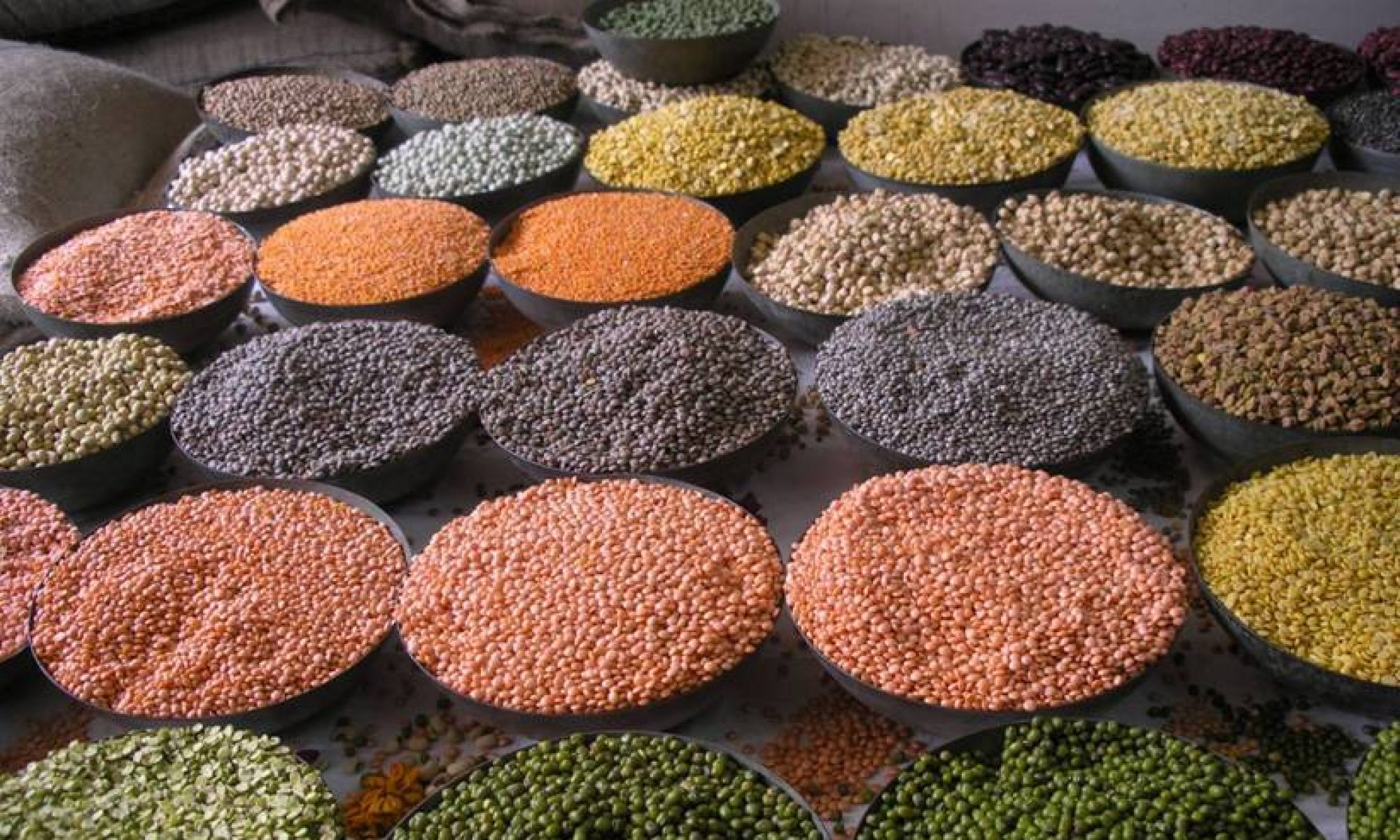Research within the CAPTURE program targets five areas that follow global trends within the protein ingredient sector.
1. Improving the Quality of Protein Feedstocks
What is the unlocked potential of plant protein sources and agriculture by-products in terms of their composition, quality and functionality? Although pea protein is best positioned to capture market share from soy, many companies are already heavily invested in looking at the next emerging alternative sources. How can we improve on methodologies for quantifying bioactive compounds to make them more reliable and standardized? How can we develop more reliable in vitro bioassays for assessing protein quality, to be less reliant on in vivo methods involving animals, which are costly, time-consuming and carry ethical concerns?
2. Developing Innovative Dry and Wet Fractionation Processes
What strategies could be developed to manufacture specialty protein fractions with unique functionality to extend ingredient lines? What strategies could be put in place within facilities to reduce water usage during wet extraction, which are cost-effective and more environmentally friendly? What processing strategies can be employed for reducing off-flavours within the plant protein ingredients? And, can enzymatic or fermented pre-treatments be used to assist with protein extraction from protein-rich agricultural by-products (e.g., oilseed meals, dry distillers’ grain, etc.)?
3. Improving the Techno-functional Properties of Plant Proteins
What strategies can be developed during processing treatments (e.g., enzymatic modification, fermentation, sprouting, infrared heating, extrusion and physical shear) of either the seed or the ingredient itself to improve the composition, functionality or nutritional value of protein ingredients? Can we create novel composite proteins (e.g., pulses and cereals) to give higher protein quality and unique functional attributes? How could we tailor ingredient lines for applications as egg replacers, viscosity modifiers or gelling agents?
4. Developing Value-Added Applications
What processing strategies could be implemented for the development and characterization of bioactive peptides for the functional food/supplement markets? What novel strategies could be developed to create high valued plant-based delivery systems (e.g., nanoemulsions, nanogels and encapsulating agents) for carrying bioactive ingredients for the functional food/supplement markets?
5. Examining Supply-chain and Market Development Opportunities for Plant Protein Ingredients
What supply chain strategies are needed to develop sustainable value chain partnerships for sourcing inputs and accessing new ingredient markets? What product development opportunities arise from emerging consumer food trends and what strategies will be effective in communicating beneficial novel food attributes to consumers?
